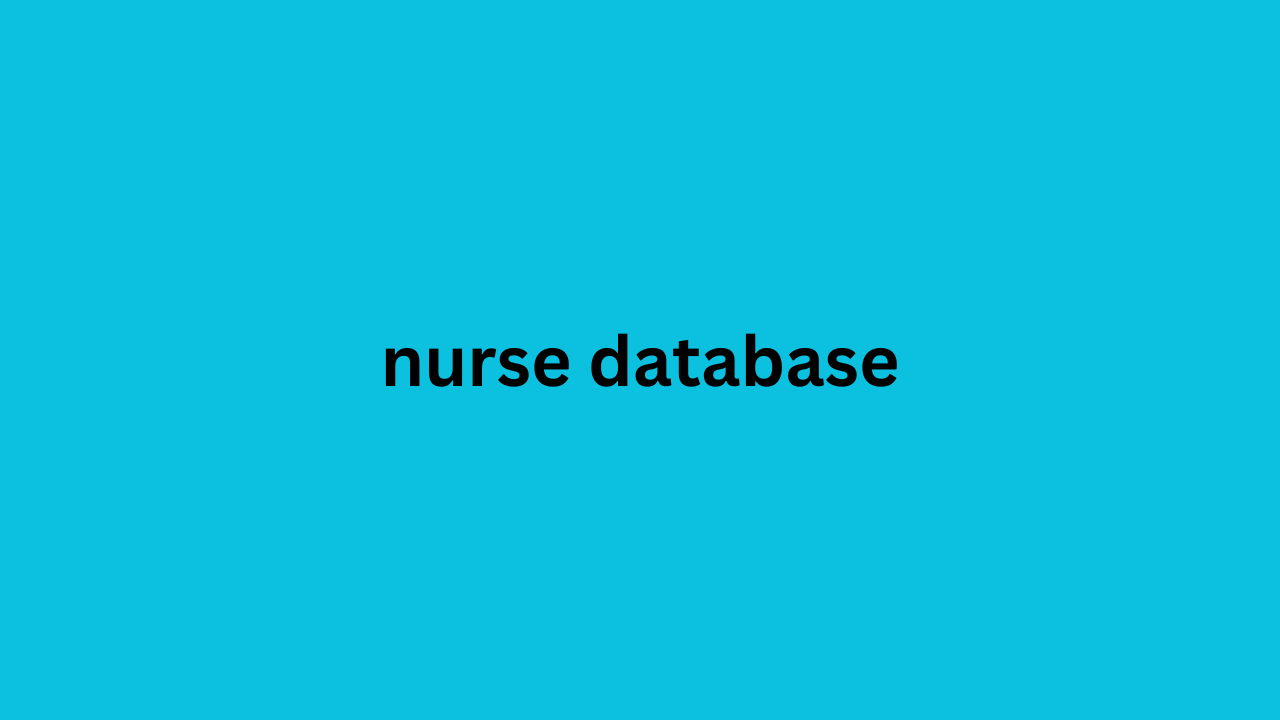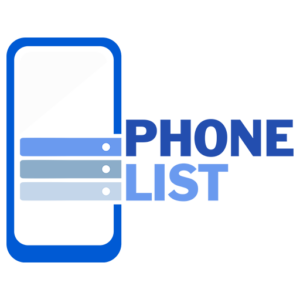Savvy marketers take a different approach. Instead of bombarding new leads with promotional emails, they use lead nurturing emails to usher them throughout the buying journey with relevant content that builds trust and gently guides potential customers to buy a product or service.
Ready to level up your email marketing? Dive into essential strategies and best practices for creating lead nurturing emails that convert. These insights will elevate your email nurture campaigns, whether you’re just starting or fine-tuning your existing approach.
What is a lead nurturing email?
A lead nurturing email is a targeted, personalized message designed to guide potential customers through the sales funnel and to your brand’s desired action—like a purchase or appointment booking. They do this by providing valuable information, building trust, and encouraging engagement with your brand.
Unlike general marketing emails focusing on promotions or announcements, lead nurturing emails are strategically crafted to address your leads’ specific needs, interests, and pain points at various stages of the buyer journey. They’re also usually triggered to send based on actions taken by your prospect.

How email nurture campaigns work
Lead nurturing emails are also often sent in a sequence.
A lead nurture sequence is a series of interconnected emails designed to build a relationship with a lead over time. This sequence typically consists of multiple emails sent at strategic intervals, each with a specific purpose in guiding the lead toward your desired action.
Here’s how a lead nurture campaign sequence typically works:
- Trigger: Your prospective customer takes a specific action, such as signing up for your email newsletter or leaving your website without purchasing.
- Segmentation: Email subscribers are categorized based on their characteristics, behaviors, or interests. These segments can then be used to deliver relevant content.
- Automated delivery: Emails are sent automatically at predetermined intervals or in response to specific actions taken by the lead.
- Progressive engagement: Each email in the sequence builds upon the previous one, providing relevant information to move the lead closer to conversion if the last email didn’t result in conversion.
- Conversion opportunities: Every email includes a call to action (CTA) to take the desired action, whether making a purchase, downloading an app, starting a trial, or booking an appointment.
- Ongoing nurturing: Even after a conversion, you can continue nurturing customers to encourage them to return for another purchase.
Benefits of lead nurturing emails
Lead nurturing emails replace the “spray and pray” approach with personalized, relevant content that resonates with subscribers based on their interests and stage in the buying process. This approach:
- Positions your brand as a helpful nurse database resource, building trust and credibility.
- Qualifies leads so you can focus your efforts on your target audience.
- Shortens the sales cycle by addressing hesitations and providing timely information.
Well-crafted lead nurture sequences increase the likelihood of conversion and help build lasting customer relationships, fostering loyalty and encouraging repeat business.
Get the guide >> How to Make Great Landing Pages (with Crazy High Conversions)
Best practices for crafting high-performing lead nurturing emails
Creating effective lead nurturing emails is both an art and a science. Implement these best practices to develop lead nurture emails that build meaningful relationships with your prospects, ultimately leading to more conversions.
Segment your audienceOne of the most powerful ways to improve the effectiveness of your lead-nurturing emails is through audience down toggle panel segmentation. By dividing your email list up based on specific criteria, your emails can be more relevant and personalized content for each subscriber.
Here are a few ways you can try segmenting your audience:
- Demographics: Group subscribers based on characteristics like age, gender, location, or job title. These will be most effective if relevant to how different demographics interact with your business. For example, a gym could segment its mailing list by various age groups to promote tailored fitness programs—like high-intensity workouts for younger adults and low-impact classes for seniors.
-
Behavior
- : Segment based on actions taken on your website, such as pages viewed, services and products browsed, or abandoned carts. This allows you to target leads based on the interests or intentions they’ve demonstrated through their interaction with your business. For instance, a bookstore could segment subscribers based on events they’ve booked attendance for and then send emails with relevant books to buy.
- Purchase history: Categorize customers based on specific products or services they’ve bought or buying frequency. Then you can offer similar products and services in the future. For example, a hair salon could send targeted emails to clients who regularly book coloring services about new hair color trends to inspire their next visit. Or they can send clients a reminder to schedule their next appointment around when they usually book one.
- Interests or preferences: Use data from surveys, quizzes, or signup forms to group subscribers based on their interests or needs. Then, you can send targeted content based on what they care about most. For example, a nutritionist can ask new email subscribers about their dietary goals (e.g., weight management, food allergies, sports nutrition, etc.). Then, they can send relevant content—like how to discover food allergies—that might ultimately lead potential customers to book a nutrition session.
Creating buyer personas can also help you segment your nurture campaigns.
Continue refining your email list segmentation as you learn more about your customers to increase the likelihood of engagement and conversion.
Want to understand who you should be targeting with your marketing? Download the guide >> How to Find Your Target Audience [Simple Steps!]
Automate emails based on audience behavior
According to Klaviyo, automated email flows generate up to 30X more revenue per recipient than one-time email marketing campaigns.
Automating your lead nurturing strategy allows you to send timely, relevant emails based on your subscribers’ specific actions. This approach ensures your leads receive the right message at the right time, increasing the chances of engagement and conversion.
For example, sending a welcome email after a lead subscribes can help encourage their first purchase. Cart abandonment emails can remind online shoppers what they are interested in. Follow-up emails after a customer’s purchase can help familiarize them with their new product so they fall in love with it and are more likely to become loyal customers who come back for more.
For example, a bakery could set up an automated email series for customers who sign up for their cake decorating class. Before the class, the bakery can send a confirmation email and a reminder a few days before the class with what to expect to ramp up excitement. After the class, they can send a follow-up email with at-home decorating tips based on what they learned and information about another relevant class to sign up for.
Craft compelling emails
Creating compelling lead-nurturing emails is crucial for engaging your audience and moving them toward conversion.
Consider these key elements when creating your emails:
- Design and layout: Create visually appealing emails that are easy to read and navigate. Use a clean, mobile-responsive design with a clear what does offline merchandising look like hierarchy of information.
- Email copy: Write concise, engaging copy that speaks directly to your audience’s needs and interests. Use a conversational tone that feels appropriate for your brand and focus on the benefits to the reader.
- Clickable subject lines: Craft attention-grabbing uk data subject lines that make recipients want to open your emails. Keep them short, clear, and relevant to the email content. Avoid clickbait—not meeting a lead’s expectations could annoy them and harm your relationship.
- Personalization: Go beyond using the recipient’s name. Personalize content based on their preferences, behavior, or purchase history to make your emails more relevant.







